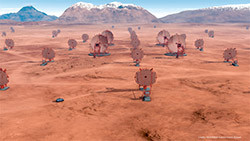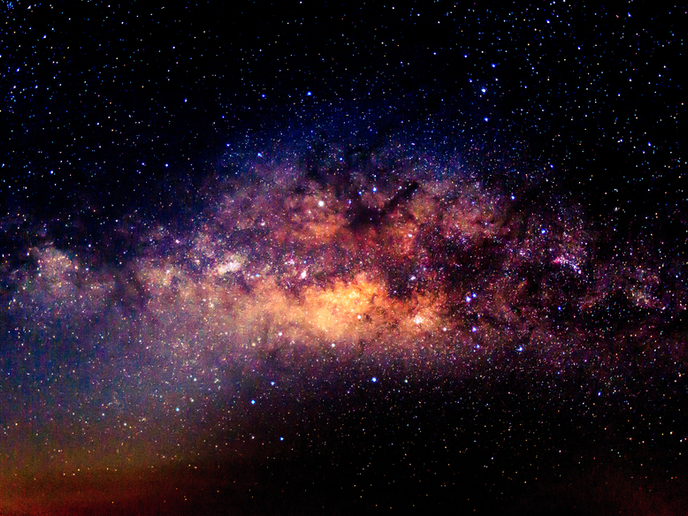Observing the extreme Universe
Gamma rays provide information on particle acceleration. Cosmic phenomena such as supernova (massive star) explosions and black hole formation accelerate electrically charged particles to incredibly high speeds. These extreme phenomena remain to date poorly understood. With its unprecedented sensitivity, energy band coverage, and angular and temporal resolution, the CTA will allow study of the very high-energy radiation reaching Earth in enough detail to probe both galactic and extragalactic sources. Two arrays of Cherenkov telescopes are planned to be installed, one in each hemisphere. Scientists from 28 countries initiated the project CTA-PP (The preparatory phase for the Cherenkov Telescope Array (CTA-PP)) to lay the groundwork for making the CTA facilities a reality.EU funds helped to establish the central project office in Heidelberg and organise extensive reviews to determine telescope requirements. Specifically, representatives of ministries and funding agencies involved in the CTA collaboration agreed on three major reviews towards its construction: the science performance and preliminary requirement review, the preliminary design review and the critical design review. The CTA-PP consortium also explored the legal framework that will allow the collaboration members to jointly develop a new research infrastructure. CTA will differ from other collaborations operating instruments in the field of gamma ray astronomy. For the first time, CTA will be open to a broad scientific community. Interested astronomers will be provided access and support through a proposal process. Data will also be made publicly available and will be accessible through virtual observatory tools. Current Cherenkov telescopes use custom-designed data formats and analysis software. In contrast, CTA will adopt the astronomical standard for data formats, known as Flexible Image Transport System (FITS), as well as standard analysis tools. In addition, CTA-PP project partners pursued close cooperation with industry in optimisation of the overall system design and the procurement of specialised components. For the next generation of TeV telescope, thousands of optical mirror panels that have to be manufactured, tested and mounted on each telescope. The CTA-PP project has laid sufficient groundwork for the next phase of one of the largest instruments to be built in this decade. The CTA is set to make exciting new discoveries about the evolution of our Universe and to make participation in the discovery process open to all interested scientists.
Keywords
Cherenkov Telescope Array, gamma ray, cosmic phenomena, astronomy, Flexible Image Transport System







